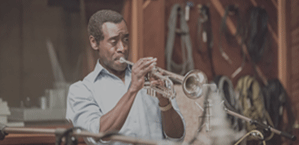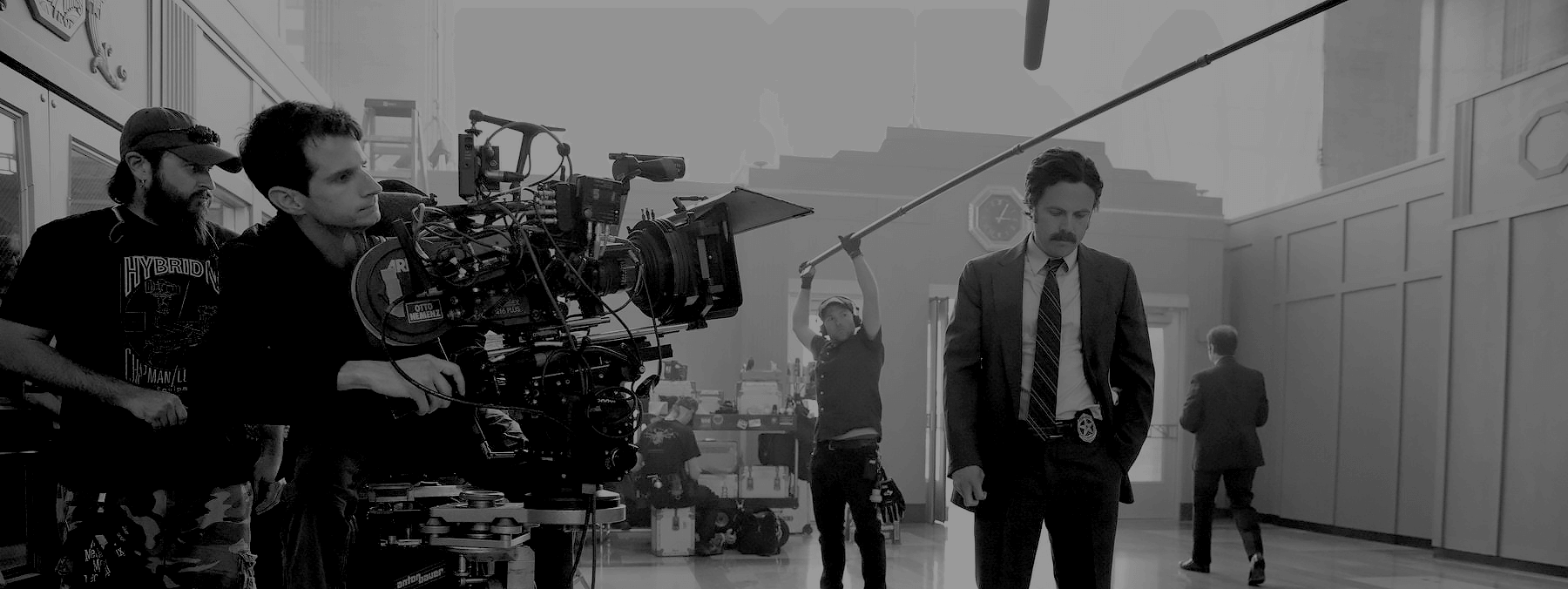DAYTON FILM COMMISSION
FILMDAYTON is a non-profit, volunteer-driven organization dedicated to building the Dayton region’s film community. We bring together local filmmakers, students and fans at monthly “Film Connections” meetings. We promote and support film events in the Miami Valley. We are building an infrastructure to encourage new filmmaking in the Dayton area. FilmDayton originated from the DaytonCREATE effort to foster the growth of the “creative class” and strengthen the local economy.
Hear what our President, Curtis Bowman has to say about film!

A crime drama starring Robert Redford and Casey Afflack.

An exploration of the life & music of Miles Davis.

Fraternity drama produced by James Franco and starring Nick Jonas.
Applications will be reviewed and awarded in two rounds annually, the first to be completed by July 31st of each year and the second to be completed by January 31st of each year. Each round will award $25 Million of the annual $50 Million allocation plus any rollover amounts from the preceding period.
FILM DAYTON
Mailing Address:
25 Villa Pointe Drive
Springboro, OH 45066
Dayton, OH 45402
937.554.0031
Lisa@FilmDayton.com





